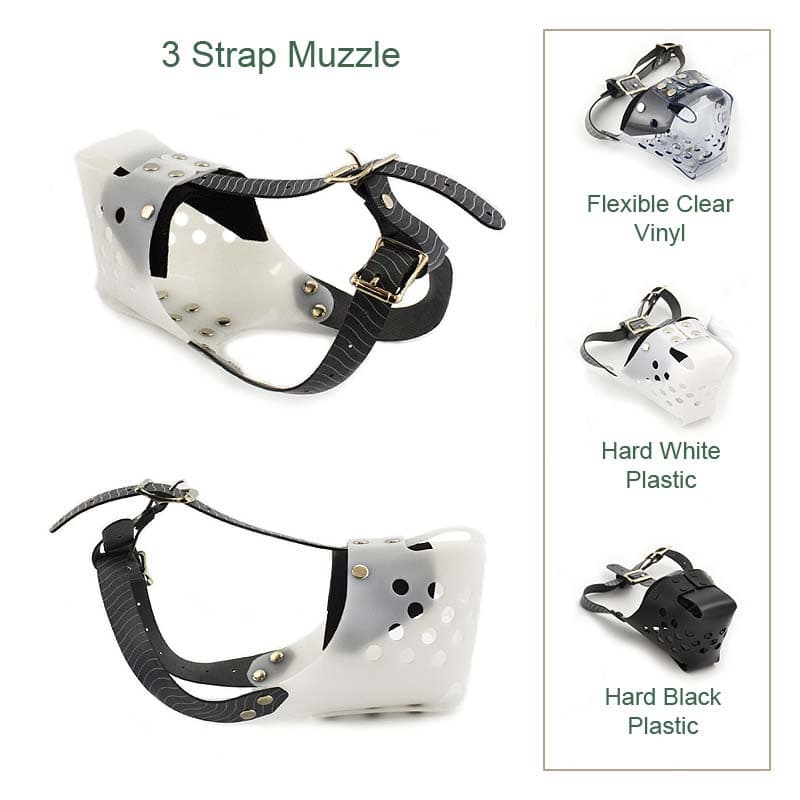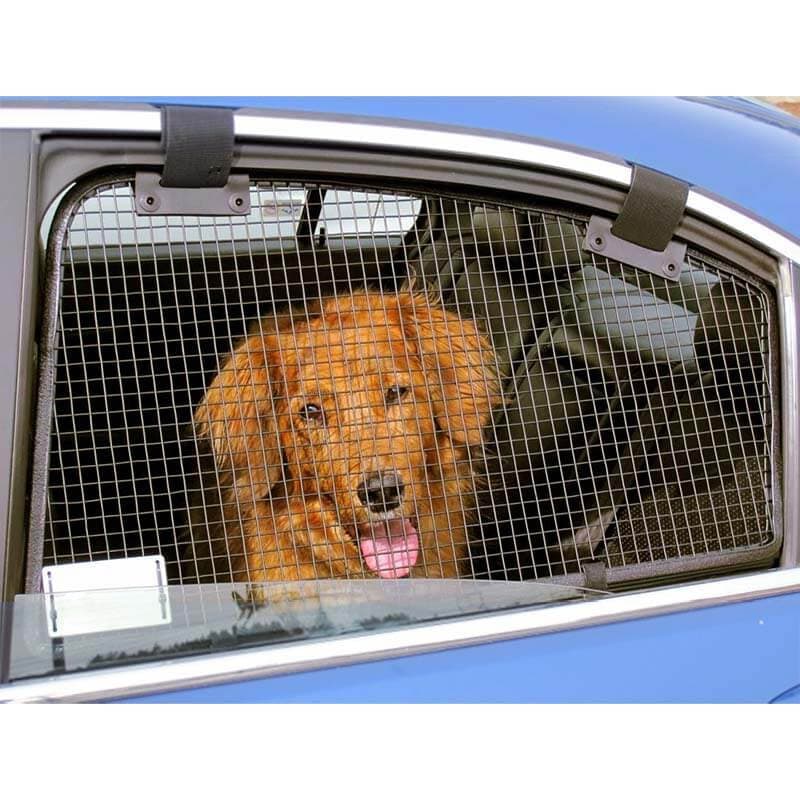What Is Positive Dog Training?

As a loving pet owner, you treat your dog like family, and you want to develop a stronger foundation with them based on trust and respect. One effective way to achieve that is by implementing positive dog training. Wondering what exactly positive dog training is, why you should embrace it, and how you can do it properly? Read on to find out!
Defining Positive Dog Training

This involves using reward-based training for dogs instead of relying on punishment. You give them food treats, praise, or toys when they show good behavior. Positive dog training is based on the concept of positive reinforcement. It occurs when you give something after a positive behavior so that this action will be repeated.
You may have recalled receiving candy, money, or another reward after organizing your things as a kid or doing great in school. This is what positive reinforcement is all about! Given that dogs tend to repeat behaviors when they receive rewards, positive dog training is effective.
Meanwhile, leash corrections, yelling, hitting, and other forms of punishment don’t work for every dog. Aggressive behaviors may only get worse. Scared dogs might only end up becoming more tense and fearful, too.
Another crucial element in positive dog training is understanding your pup’s point of view. This includes knowing what they really love and find rewarding. Do they prefer plain chicken, string cheese, or fresh veggies?
They might want a toy instead or to play another game. Finding the right reward will encourage them to repeat the behavior, allowing for successful training. One good practice is listing the rewards that they enjoy, starting from the most exciting to the least. Then, use the former for more challenging types of training and the latter for basic ones.
Why You Should Adopt Positive Dog Training

Reward-based training for dogs lets you develop a stronger and more positive relationship with your dog. They can freely communicate with you as there’s no fear of punishment. Then, they will not only look forward to playing with you but also trust you more.
Positive dog training helps them become more sociable, too. They’ll be a lot friendlier and more confident to meet people and other animals. So, anxiety will be reduced. This kind of training helps address behavior problems, like aggression and fearfulness. It promotes mental stimulation and keeps them from getting bored.
The best part is it’s fun for you and your dog! Apart from teaching them basic behaviors like sitting or standing up, you can introduce tricks, such as spinning, waving, and shaking hands. The whole family can participate in training your pup. Just make sure kids are supervised.
Doing Positive Dog Training the Right Way
Is your positive reinforcement dog training not working? You may be doing it the wrong way. Below are some tips to help make your positive dog training a success:
Work on Timing
Timing is everything when doing positive dog training. For instance, if you’re taking too long to give your pup their treat, they won’t know which behavior the reward is for. Let’s say they got out of the house to do their business. Then, when they came back inside your home, you gave them treats.
However, they can’t tell whether the reward is for going outside or coming back in. To avoid confusion, give your reward immediately after they execute the behavior that you want them to repeat. Using a clicker or whistle is recommended to get the right timing to reward your dog.
Ensure Proper Treat Placement
Like delayed giving of rewards, poor treat placement in dog training won’t lead to your desired results. For example, if you want to focus on sitting, then your adorable dog should receive the reward while he’s sitting — not when they’re already standing up. Otherwise, they’ll think they’re being rewarded for the latter.
Then, if you want to teach them to stay on their bed while you’re walking away, make sure to give them the treat while they’re still on their bed. You can either toss them their favorite treat or get a delivery tool to make this possible. Proper treat placement in dog training may take a bit of planning and practice, but it’ll be worth it once you see your pooch learning new skills.
Be Consistent
To avoid confusing your dog, make sure that you’re all following the same cues in the household. Even your kids can help train your dog with your guidance. Instead of introducing punishments, which can be dangerous to your dog and your children, they can just use dog treats. It’s also good practice to post a list of these cues, so everyone gets to participate without confusing your pooch.
Use Short Verbal Cues
Dogs mainly learn through body language. So, you teach them through body prompts and hand signals. However, you also have to introduce verbal cues and communicate with them better. Choose short ones like sit, stand, down, or settle, and avoid repeating the word. Other effective cues include stay, watch, come, heel, give, drop, and wait.
Ensure They’re Having Fun
Do you think your positive reinforcement dog training isn’t working? You might have missed the signs. For instance, you may have trained them when they seem to be intrigued by other things. If they’re not excited to get the treat, it may not be the best time to continue the positive dog training. Do it another time when they’re no longer distracted. This way, both you and your pup will enjoy the training.
Final Thoughts
From establishing a stronger bond and facilitating better communication to managing behavior issues, positive dog training is more beneficial than you think. It’s all about applying positive reinforcement and avoiding punishment. Apply this reward-based training for dogs, and experience a happier and healthier relationship with your pup!1 comment
- Choosing a selection results in a full page refresh.
- Press the space key then arrow keys to make a selection.




In teaching sit, down and especially stay, I have a little trick to cause them to follow the command. You put your buddy in, let’s say the down position followed by “STAY”. Walk off a ways and if he gets up and comes towards you, don’t say a word. Just go to him, pick him up, take him back where was, put him back in the same position with a “STAY” and walk off. Repeat if needed. I came to realize he didn’t like to be picked up and I think it shames them. My Brittany ultimately stayed in the yard for 42 min. with me in the house! Treat on release each time.